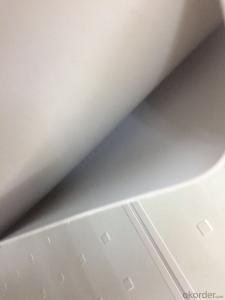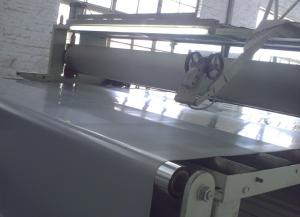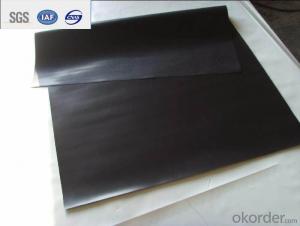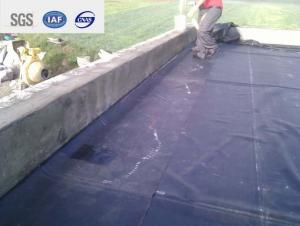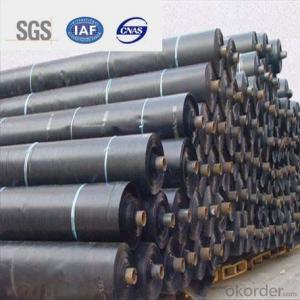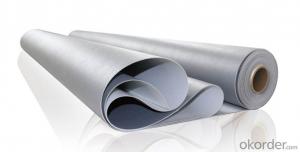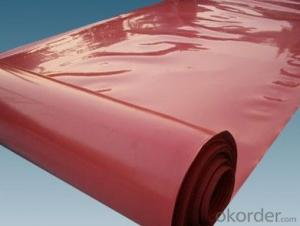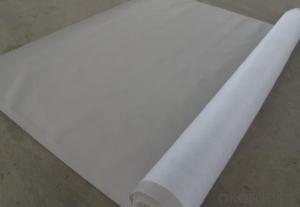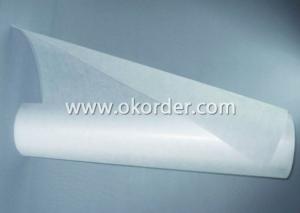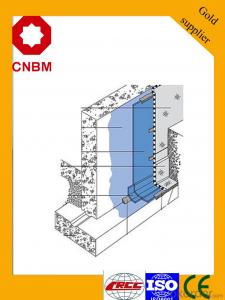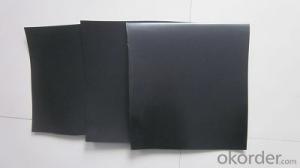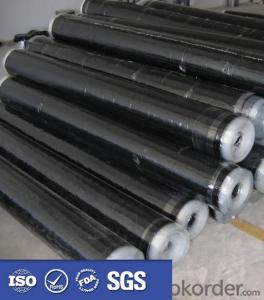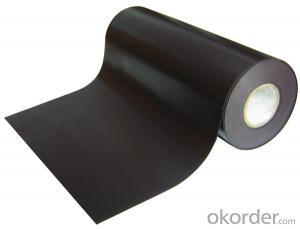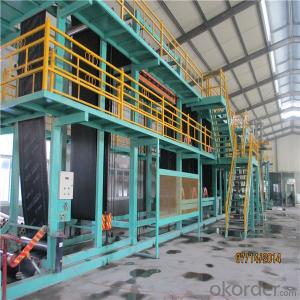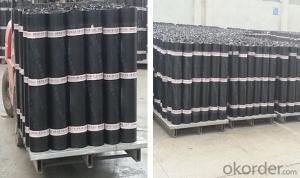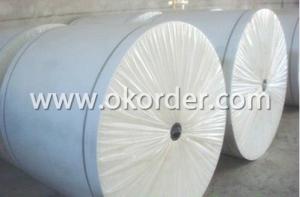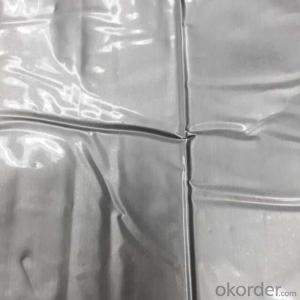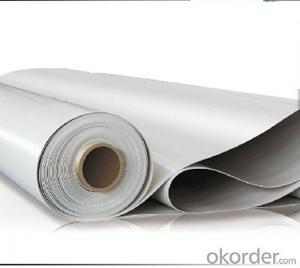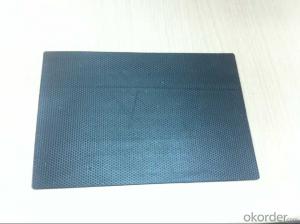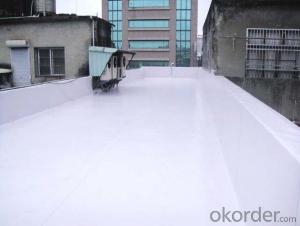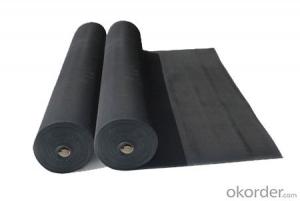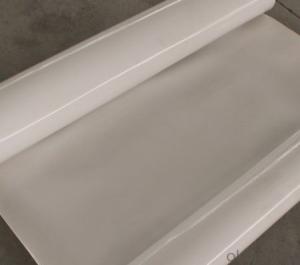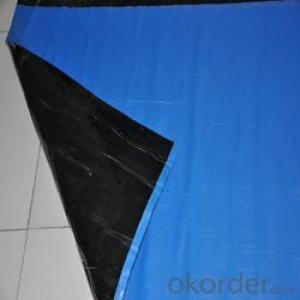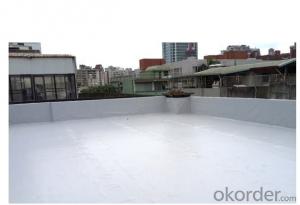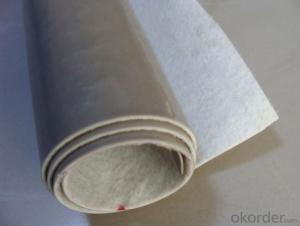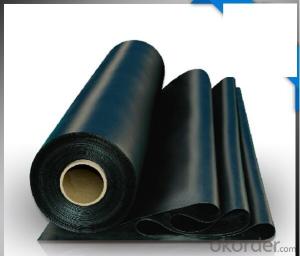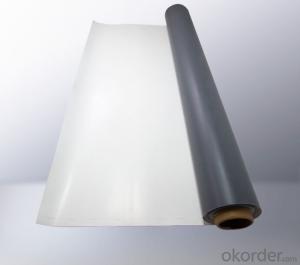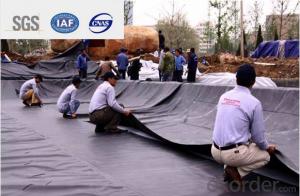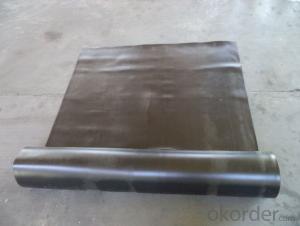Red Guard Waterproofing Membrane
Red Guard Waterproofing Membrane Related Searches
Wavy Plastic Roofing Copper Roofing Material Concrete Foundation Waterproofing Membrane Industrial Roofing Spray Foam Roofing Waterproofing Concrete Floors Material Waterproofing Spray Commercial Roofing Systems Shake Roofing Materials Synthetic Felt RoofingHot Searches
Geotextile Membrane Suppliers Bituminous Waterproofing Membrane Manufacturers Waterproofing Company Names Pvc Roofing Sheets Price India Pvc Roofing Sheets Price Plastic Flower Buckets Wholesale Wholesale Plastic Hanging Baskets Plastic Planter Liners Wholesale Grp Roofing Prices Geotextile Membrane Suppliers Breathable Roofing Felt Prices Roofing Tar Prices Bitumen Roofing Felt Suppliers Roofing Resin Suppliers Bituminous Waterproofing Membrane Manufacturers Waterproofing Company Names Grp Roofing Prices Geotextile Membrane Suppliers Breathable Roofing Felt Prices Roofing Tar PricesRed Guard Waterproofing Membrane Supplier & Manufacturer from China
Okorder.com is a professional Red Guard Waterproofing Membrane supplier & manufacturer, offers integrated one-stop services including real-time quoting and online cargo tracking. We are funded by CNBM Group, a Fortune 500 enterprise and the largest Red Guard Waterproofing Membrane firm in China.Hot Products
FAQ
- What is the difference between construction non-vulcanized waterproofing membrane and vulcanized waterproofing membrane?
- Non-vulcanized rubber waterproofing membrane: from SR or SR and asphalt blends by mixing, rolling made of coil, without vulcanization can use the product. The bonding between the coils and their bonding properties with the mortar is good, the manufacturing is convenient, the price is low, but the tensile strength is low. Can be divided into two types of rubber and rubber asphalt. Rubber type commonly used SBR and other SR production. Generally used for civil construction roof waterproof.
- Yes, most waterproofing membranes can be walked on. However, it is important to follow the manufacturer's guidelines and recommendations to ensure the membrane's integrity and effectiveness are not compromised.
- Yes, a waterproofing membrane can be used in new construction. In fact, it is often recommended to install a waterproofing membrane during the construction phase to provide an added layer of protection against water damage. Waterproofing membranes are typically applied to the exterior foundation walls and basement floors to prevent water infiltration and to create a barrier against moisture. This can help to prevent issues such as leaks, mold, and structural damage in the future. Additionally, waterproofing membranes can also be used in other areas of a new construction project, such as roofs, balconies, and bathrooms, to ensure long-lasting waterproofing protection. Overall, using a waterproofing membrane in new construction can help to prolong the lifespan of the building and provide peace of mind for the occupants.
- Yes, a waterproofing membrane can be used on metal block surfaces. Waterproofing membranes are designed to create a barrier against water and moisture, and they can be applied to a variety of surfaces, including metal. The membrane will adhere to the metal surface, creating a waterproof layer that helps prevent water infiltration and protect the metal from rusting or corrosion. However, it is important to ensure that the metal surface is clean, dry, and properly prepared before applying the waterproofing membrane to ensure proper adhesion and effectiveness. Additionally, it is recommended to consult with a professional or refer to the manufacturer's instructions for specific guidance on using a waterproofing membrane on metal block surfaces.
- Terraces and patios can benefit greatly from the application of a waterproofing membrane. To avoid water damage and leakage, it is highly recommended to use this protective layer in these areas. Given that terraces and patios are exposed to different weather conditions, such as rain and snow, moisture can easily seep into the underlying structure. To counteract this issue, a waterproofing membrane acts as a barrier, preventing water from infiltrating the surface and safeguarding the integrity of the terrace or patio. This solution not only extends the lifespan of the structure but also prevents costly repairs in the future. Moreover, the use of a waterproofing membrane contributes to the creation of a more comfortable and functional space, as it eliminates the risk of water accumulation and potential slip hazards. All in all, investing in a high-quality waterproofing membrane is a wise choice for those seeking to protect their terrace or patio from water damage.
- Indeed, precast glass surfaces can benefit from the utilization of a waterproofing membrane. It is common for precast glass surfaces to possess joints and seams that allow water to infiltrate. Applying a waterproofing membrane can effectively establish a protective barrier against water penetration. By doing so, the waterproofing membrane acts as a safeguard, preventing moisture from seeping into the joints and causing potential harm to the precast glass. It is crucial to select a waterproofing membrane specifically designed for glass surfaces and to adhere to the manufacturer's guidelines for proper application. Moreover, it is prudent to perform regular maintenance and inspections to ensure that the waterproofing membrane remains effective over time.
- Existing structures can have a waterproofing membrane applied to them. Applying a waterproofing membrane is a commonly used and effective method for preventing water infiltration and damage to buildings. Whether it's a concrete structure, roof, or basement, waterproofing membranes can be installed on the inside or outside surfaces to create a barrier against water penetration. There are various types of waterproofing membranes available, including liquid-applied, sheet, and spray-applied membranes, which can be chosen based on the specific needs of the structure. The process of applying a waterproofing membrane to an existing structure typically involves thorough surface preparation, such as cleaning, repairing any existing cracks or damages, and ensuring a smooth surface. Once the surface is prepared, the membrane is applied using the recommended method to ensure proper adhesion and coverage. Waterproofing membranes are designed to withstand environmental factors like UV rays, temperature changes, and water pressure, providing long-lasting protection for existing structures. However, it's important to consult a professional waterproofing contractor to assess the condition of the structure and determine the most suitable and effective waterproofing solution.
- Yes, a waterproofing membrane can be used in conjunction with sustainable construction materials. Sustainable construction materials such as recycled content, low VOC (Volatile Organic Compound) products, and green building materials are increasingly being used in building projects to reduce environmental impact. Using a waterproofing membrane in combination with sustainable materials helps ensure the longevity and durability of the structure while also maintaining its eco-friendly attributes.
